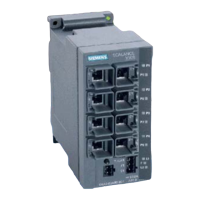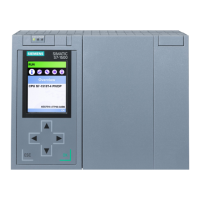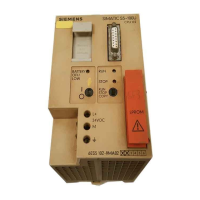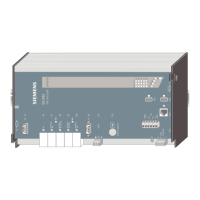Battery disposal method should be in accordance with local, state and government
regulations. In many countries, batteries should not be disposed of into ordinary household
waste. They must be recycled properly to protect the environment and to cut down on the
waste of precious resources.
Important ELV Considerations
To provide the most reliable operation, Siemens ELV controllers use a DC
(unsmoothed) lamp supply, which in common with DC powered
telecommunication equipment, is negative with respect to earth so as to avoid
electrochemical corrosion effects.
To maintain all street voltages within ELV limits, equipment outside the cabinet
must be supplied with voltages within the band -48V RMS with respect to earth.
Voltages positive with respect to ground / earth will result in overall voltages
within the system being in excess of the ELV limit as defined by BS7671.
Care should be taken to ensure that no LV (Mains Voltage) equipment is
installed within the ELV street furniture as this will result in risks to personnel
and risk of catastrophic failure of ELV equipment should such voltages be
applied to the ELV equipment by accident.
The Siemens ELV controller has been designed and proven to meet the
following requirements for Protective Extra Low Voltage (PELV) and the
operation of a signal compliance monitoring system with ELV voltages:
1) The Siemens ELV system is PELV and the earth is connected all the way
through, as allowed for in BS7671 414.4.1. The source is a safety isolating
transformer to BS EN 61558-2-6 as allowed in 414.3 (i). Protective Isolation
within the controller cabinet is achieved between the PELV circuits and those
higher than band I by ALL conductors having insulation rated for the highest
voltage 250V, as mandated for in 414.4.2 (iii), and where the parts of the
circuits are not wires / conductors, then physical isolation as allowed for in
414.4.2 (v) may be used.
Any third party ELV sources installed in this system should follow the same
guidance, re-isolation and insulation and should adopt the same polarity and
voltage range to avoid voltages in excess of ELV band 1 being present in the
signalling / street furniture part of the system.
2) Terminations are IP2X (British standard finger proof i.e. not accessible to
solid items of 12.5mm or greater).
Any third parties making alterations to such equipment / PELV installations must consider
the electrical requirements for PELV and the above in what they do, and should only attempt
such alterations if they are competent to do so.
The controller monitors its signal outputs for both positive and negative voltages with respect
to earth for its conflict system. In order to ensure the ELV voltage band is maintained,
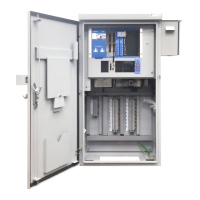
